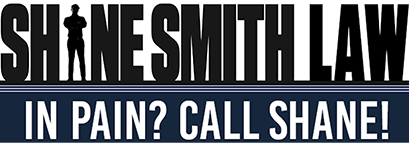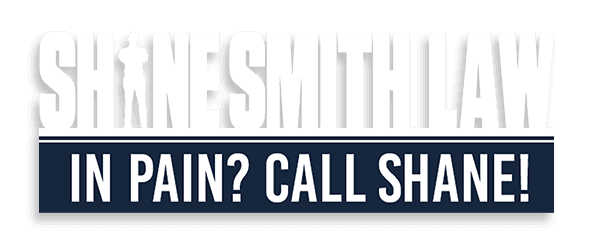A negligent security claim can arise when an individual is harmed on someone else's property due to inadequate security measures. Property owners and managers have a legal duty to provide a reasonably safe environment for visitors, tenants, customers, and other welcome or expected guests. When they fail to do so, and that failure leads to harm, the injured party may have grounds for a negligent security claim.
Examples of negligent security that may lead to a lawsuit include:
- Inadequate lighting in parking lots or walkways.
- Lack of security cameras in areas known for criminal activity.
- Failure to employ security personnel in venues prone to violence.
- Broken locks or entry systems in apartment buildings or hotels.
In a negligent security claim or lawsuit, establishing liability could be the most important aspect of the case. The challenge of proving liability often lies in demonstrating what the property owner knew or should have known regarding the potential for harm and that reasonable steps were not taken to prevent it. To show a failure to provide adequate security, few pieces of evidence are as strong or convincing as video footage from surveillance systems in the area, including those belonging to the defendant or property owner.
Video Footage is Objective
Video footage is objective evidence, which means it provides an unbiased and unaltered depiction of events as they occurred. Unlike witnesses, whose perceptions and memories can be flawed or biased, video cameras capture and record events without preference, interpretation, or alteration.
The objectiveness of video footage makes it particularly valuable in negligent security claims because:
- Unbiased record: Video footage cannot take sides or color the events with personal beliefs, feelings, or misunderstandings. It simply shows what happened, as it happened, allowing for an impartial view of the circumstances surrounding an incident.
- Clarity and detail: High-quality video surveillance can capture details that might be missed or forgotten by witnesses, such as the exact time an incident occurred, the physical conditions of the environment (e.g., lighting or weather), and the actions and responses of individuals involved.
- Reduces speculation: In legal disputes, especially those involving negligent security claims, there can be significant debate over what might have occurred in the absence of concrete evidence. Video footage helps to reduce speculation and conjecture by providing tangible evidence of the events.
- Corroboration or contradiction of testimonies: Video evidence can corroborate the accounts given by witnesses, lending them greater credibility. Conversely, it can also contradict statements that may be incorrect or fabricated, helping to clarify discrepancies in the narrative presented to the court.
Video Footage Can Show a Lack of Security
Of course, video surveillance footage can show how security was lacking at the property in question. Even though installing a video surveillance system is a form of security, it is often not enough. Property owners should use all reasonable forms of security to protect visitors, patrons, and tenants, which often goes beyond installing cameras around the property.
Video footage can show a lack of security or demonstrate negligence on behalf of the property owner due to:
- Poorly maintained property conditions: Video footage can highlight inadequate lighting, broken locks, malfunctioning access controls, or obstructed pathways that contribute to an unsafe environment. Evidence of these conditions supports claims that the property owner did not uphold their duty to ensure a safe environment.
- History of similar incidents: If video surveillance captures repeated security breaches or criminal activities in the same location without any apparent action taken by the property owner to address these issues, it can demonstrate a pattern of neglect. This historical evidence can illustrate foreseeability, a key component in proving negligence, indicating the property owner was or should have been aware of the risk and failed to mitigate it.
- Timing and response to incidents: Video footage can document the timeline of an incident, including how quickly (or slowly) property owners or hired security personnel responded to an incident. A delayed or absent response to an emergency can be indicative of inadequate security policies or procedures.
- Comparison with industry standards: Surveillance footage can also be used to compare the security measures in place with those considered standard or required for similar properties in the industry.
- Direct visualization of the incident: Ultimately, if the actual event leading to harm is captured on video, such as a criminal assault, video footage can directly link the condition of the premises or the lack of appropriate security measures to the incident.
How to Get Surveillance Footage
To obtain surveillance footage to back up a negligent security claim, a formal request can be made directly to the property owner or the party in control of the surveillance system. Privacy laws, such as those protecting individuals' rights to not have personally identifiable information disclosed without consent, can complicate the process of obtaining this footage, though. Additionally, some jurisdictions have specific regulations governing the collection, storage, and dissemination of video surveillance, which can impact access.
A lawyer’s counsel becomes invaluable when you need video footage to support a negligent security claim. Attorneys often have unique resources and knowledge about navigating such challenges. They can leverage legal tools, such as subpoenas or discovery processes during litigation, to compel the release of necessary footage. Lawyers are also adept at understanding the nuances of privacy laws and can ensure that requests for surveillance material comply with all legal requirements.
Importance of Talking to an Attorney Soon After
You should always talk to an attorney soon after being injured due to negligent security because of the risk associated with security footage potentially going missing. Video surveillance plays a vital role in proving negligence, but its availability is often time sensitive. Many surveillance systems overwrite old footage within a short period, or the footage can be intentionally or unintentionally erased. Once this evidence is lost, it can significantly weaken or entirely derail a potential claim.
An attorney can take immediate and decisive action by sending a preservation letter to the owner of the video footage, who might also be the defendant in the case. This letter serves as a formal request (or demand) to preserve all relevant surveillance footage because it pertains to pending legal action. It highlights the recipient's legal obligation not to destroy key evidence and can include specific details about the incident's date and location to ensure the correct footage is retained.
Need help with a negligent security claim? Don’t lose another day and risk losing important video footage of the incident. Act now by calling (980) 246-2656 and connecting with the attorneys of Shane Smith Law. We handle all aspects of negligent security claims for clients in North Carolina, South Carolina, Georgia, and Ohio. Schedule a free case consultation at the law office nearest you today.




